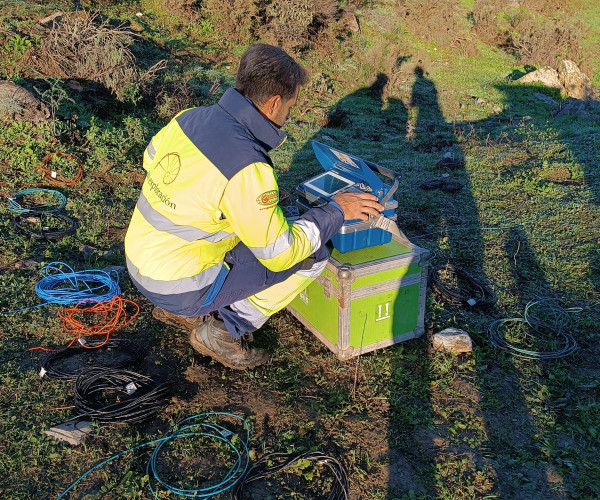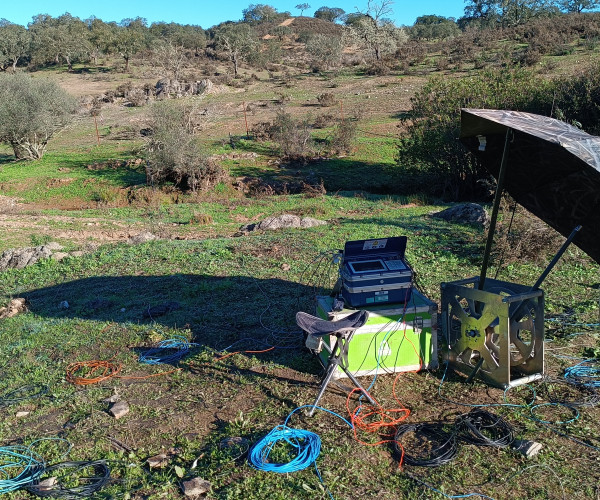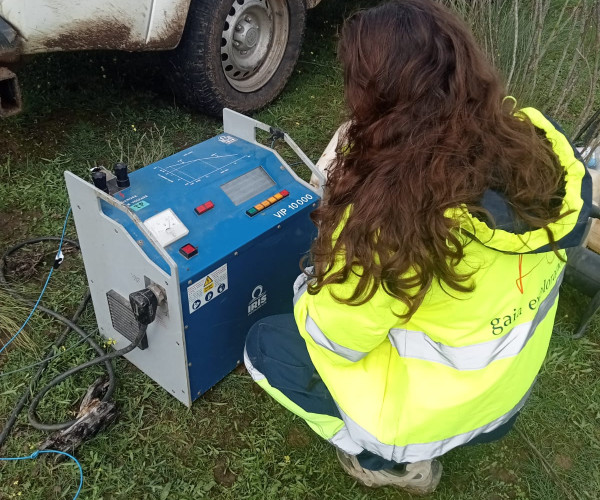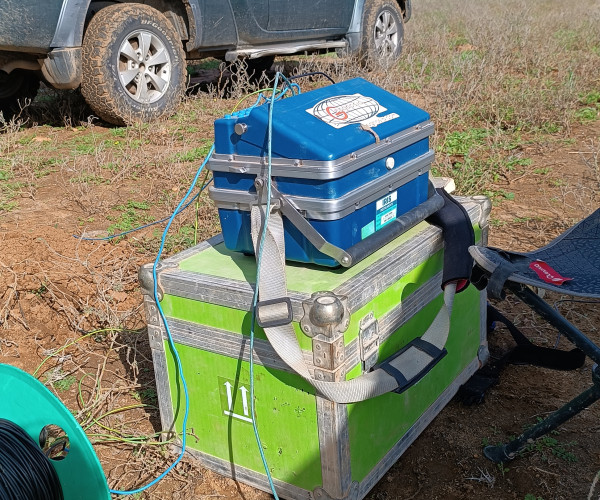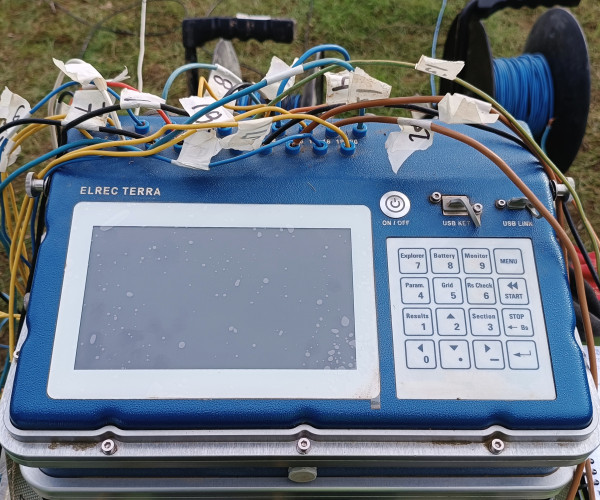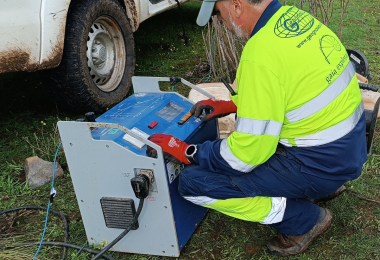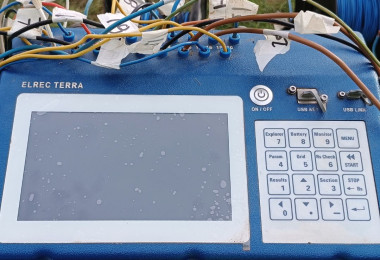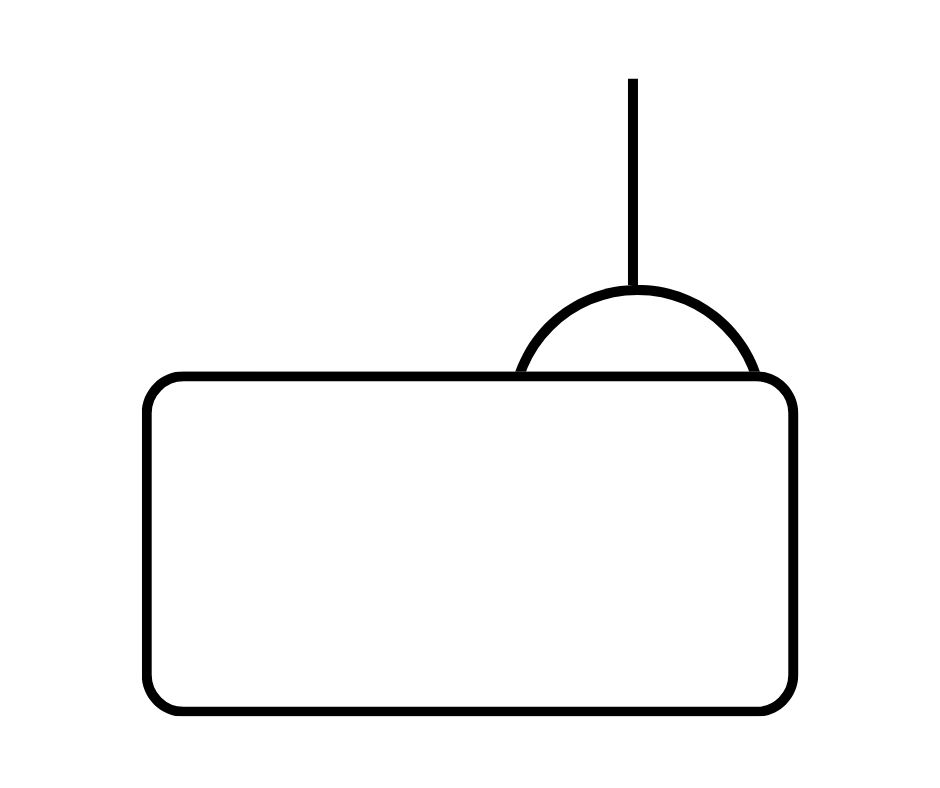
INDUCED POLARIZATION
Induced Polarization (IP) is a powerful technique for detecting the presence of disseminated sulfide minerals, a hallmark of many metallic deposits, it measures the underlaying materials capacity to temporarily store and release electrical charge, parameter highly sensitive to disseminated sulfide minerals and alteration halos. In a typical IP survey, a controlled electrical current varying with a certain frequency is injected into the subsurface through a series of electrodes using different arrays, and the decay of voltage (apparent chargeability) is monitored across multiple non polarizable electrodes. Inversion of these decay curves, using spectral or time-domain methods, produces spatial maps of both resistivity and chargeability, which are critical for differentiating between mineralized zones and host rocks. Its high sensitivity for detecting disseminated sulfide minerals, alteration halos, and groundwater variations, makes it a vital tool for mineral exploration and environmental assessments.
